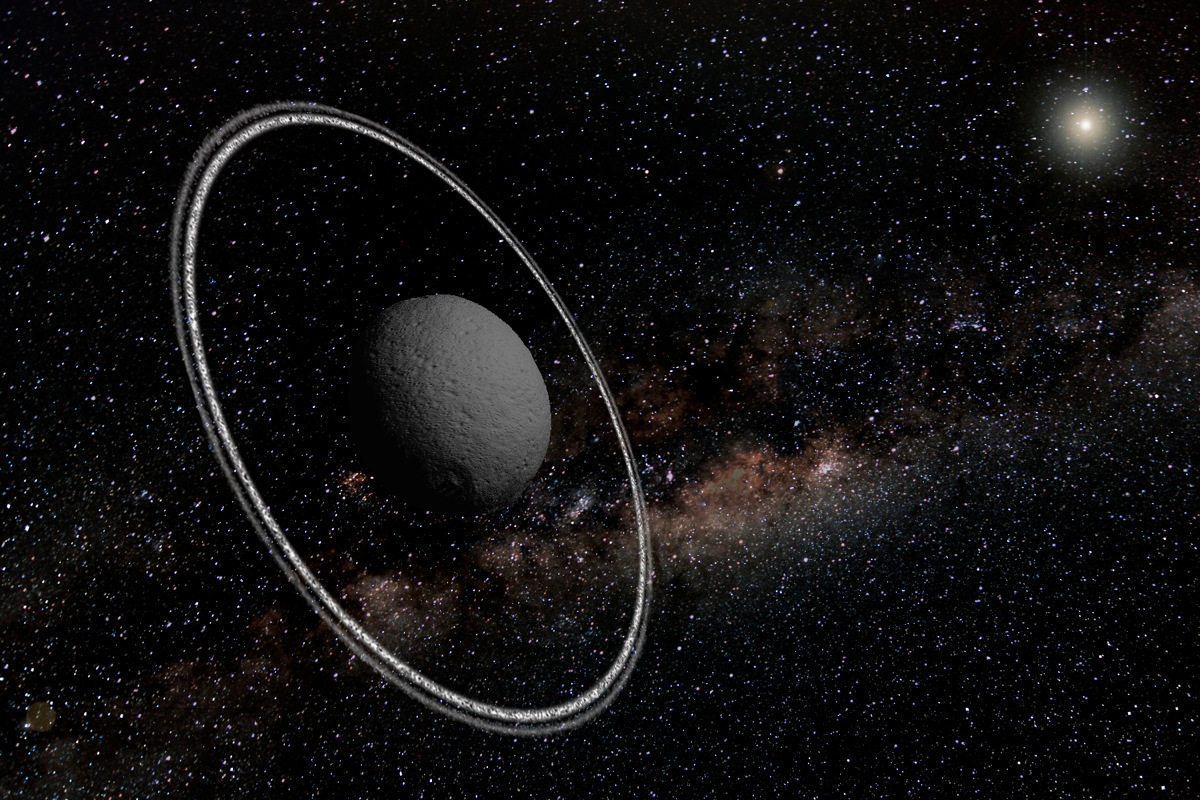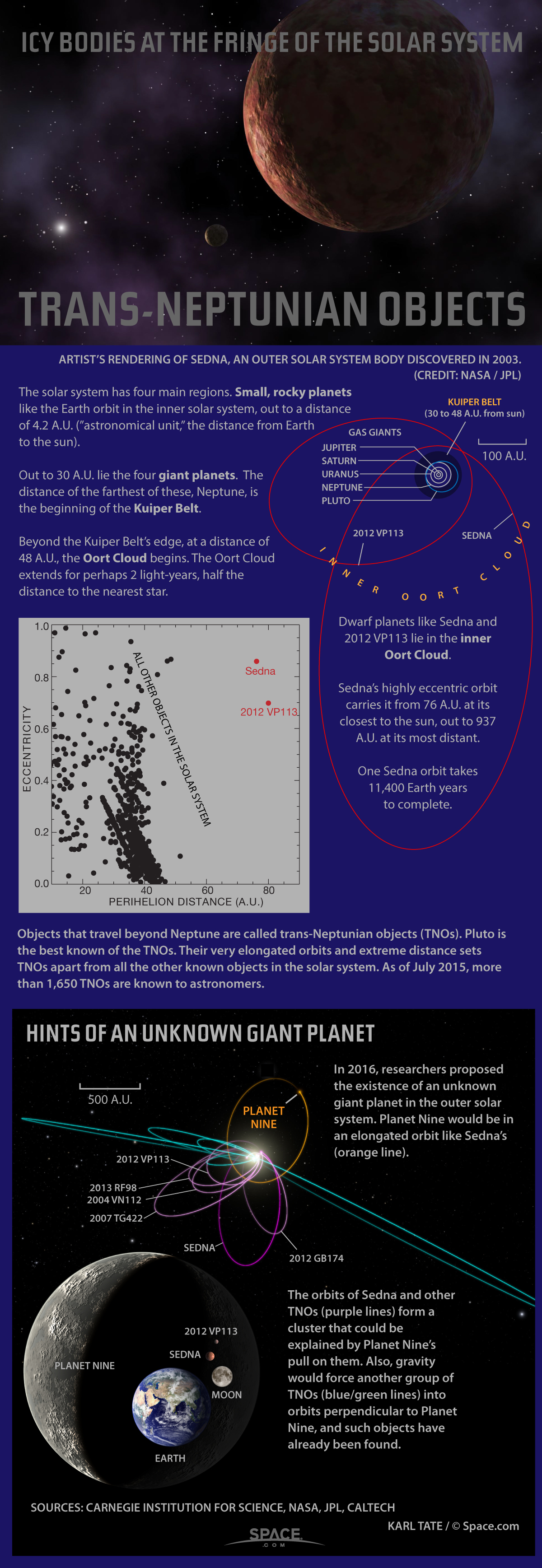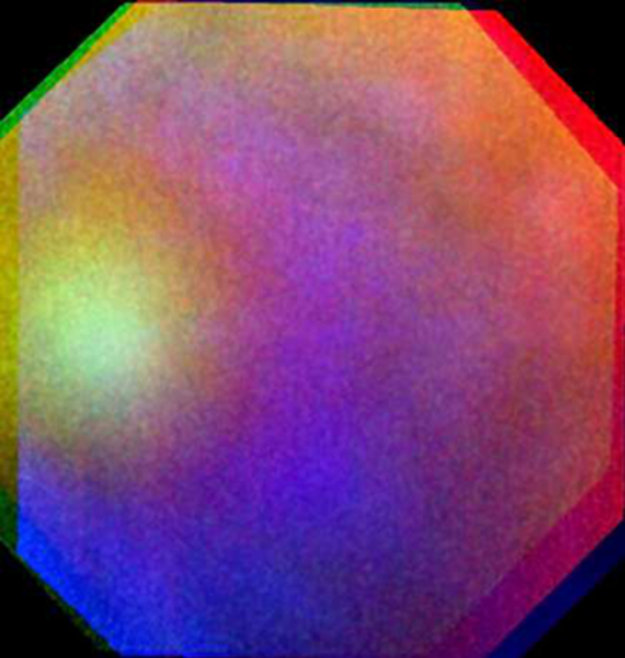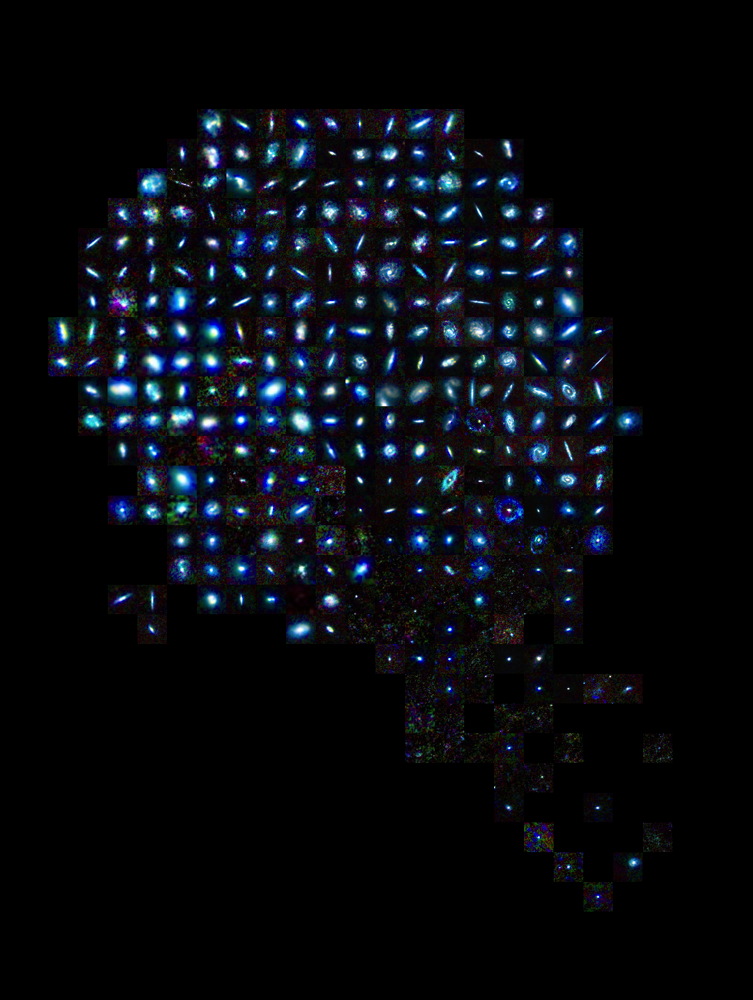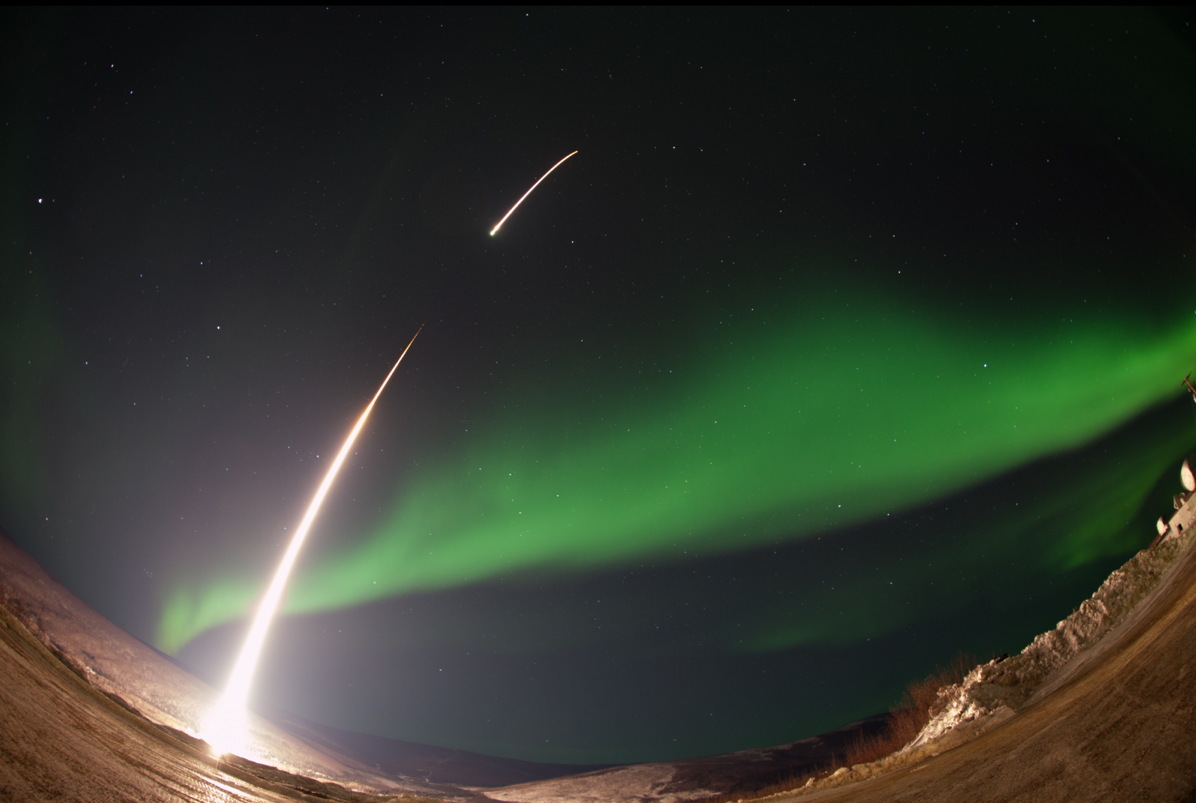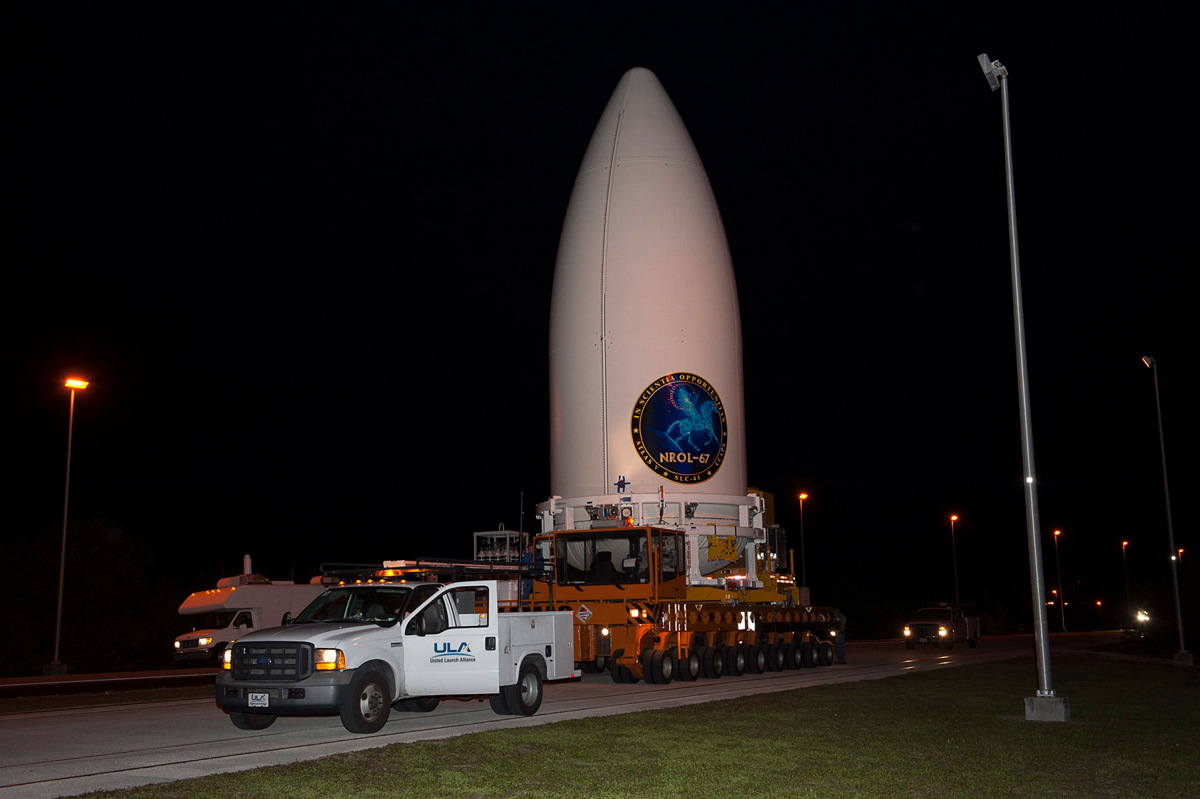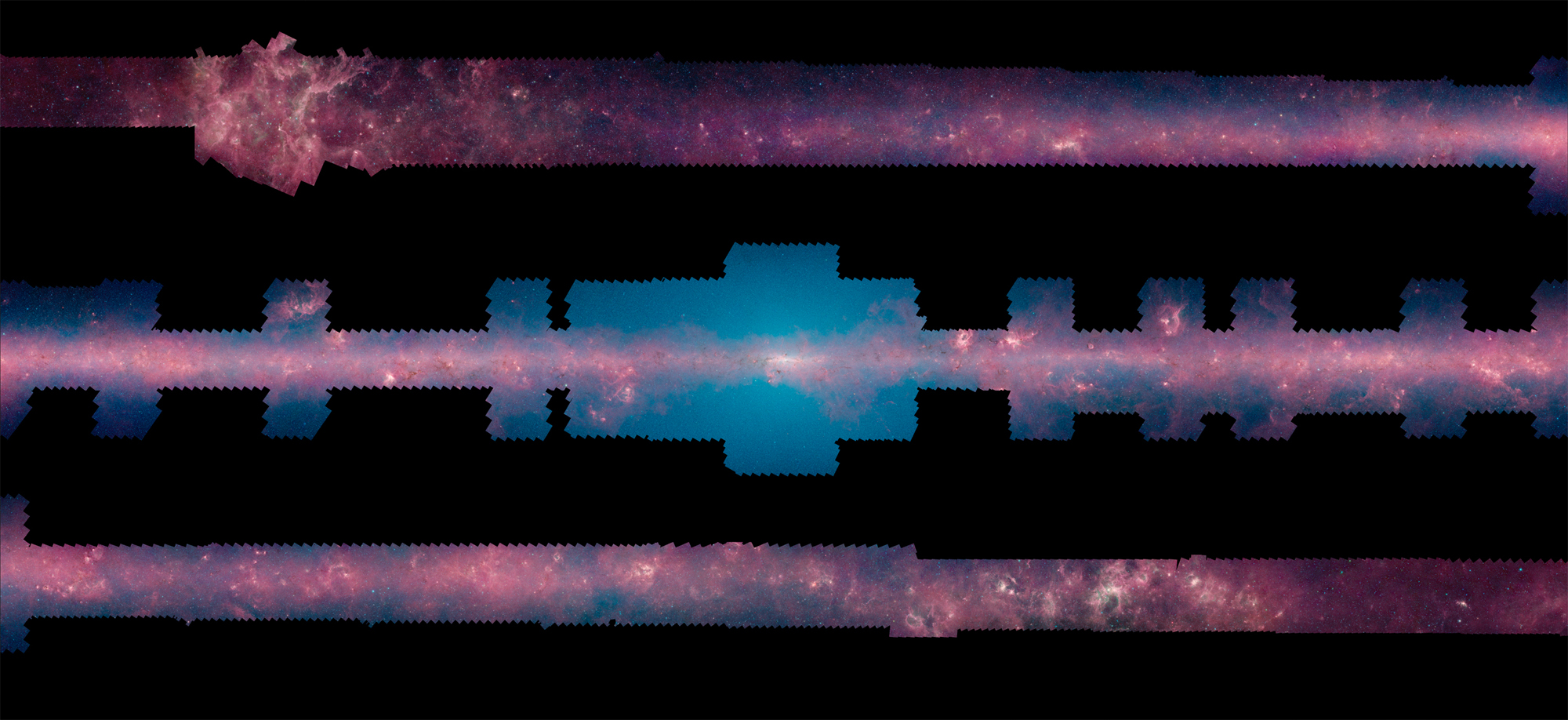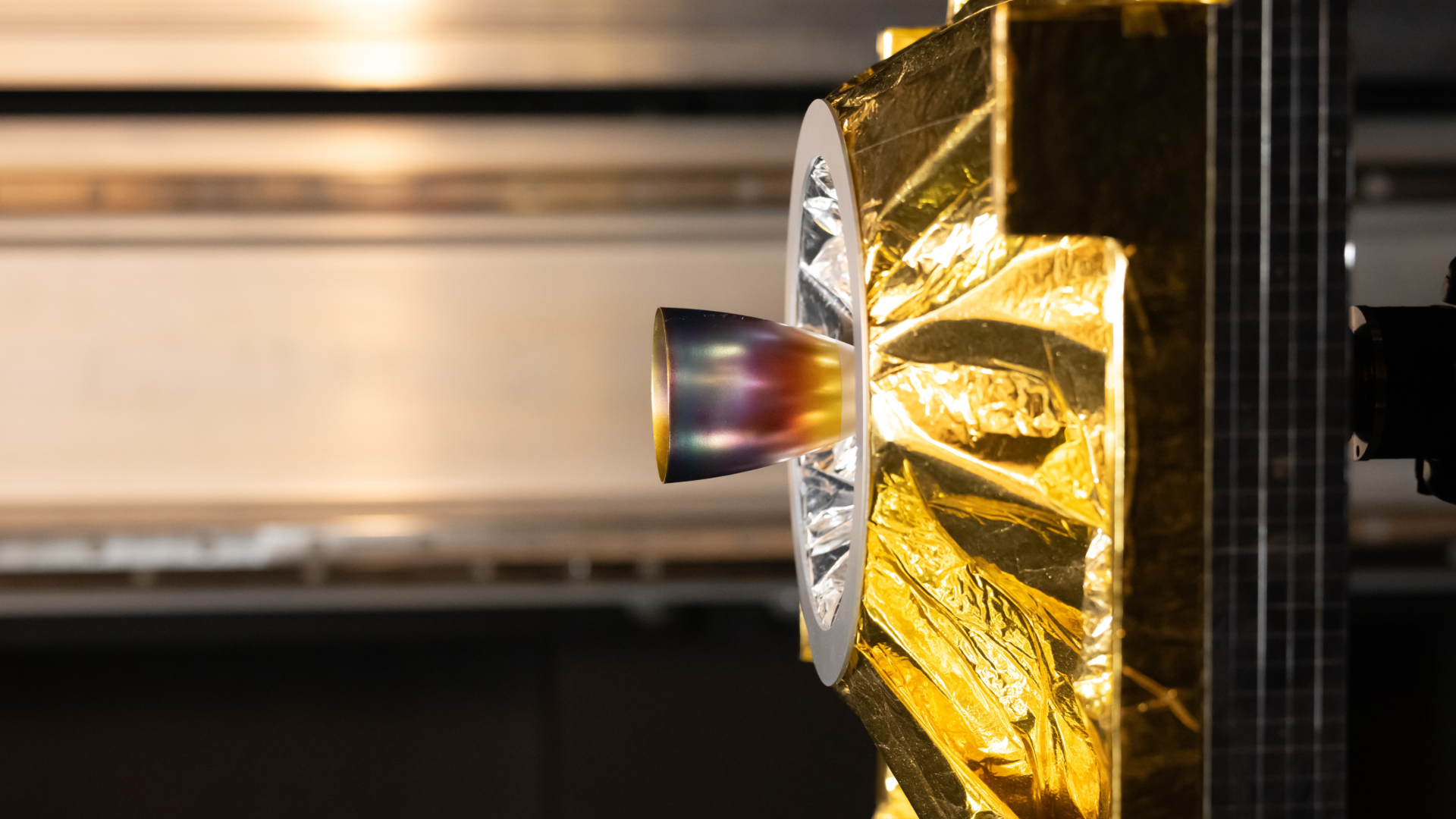Best Space Photos of the Week - March 29, 2014
Asteroid Chariklo Has Rings: Images of a Space Rock Oddity (Gallery)
The rings of Saturn are among the crown jewels of our solar syste, but it turns out that asteroids can have rings of their own, too. Here: See an artist's view of the rings surrounding the asteroid Chariklo, which is only 155 miles (250 kilometers) across. The asteroid is the first non-planetary body in the solar system discovered to have its own ring system. Image released March 26, 2014. [See more photos here.]
'Star Trek: Prelude To Axanar' in Pictures: Trek Fan Film Photos
Set phasers to stunned: A Kickstarter campaign for a new "Star Trek" project has already quintupled its original $10,000 goal to fund a fan film by veteran science fiction actors. [See more photos here.]
NASA's Z-2 Spacesuit in Pictures: Futuristic Astronaut Suit Design Photos
'Technology' pays homage to spacesuit achievements of the past while incorporating subtle elements of the future. By using Luminex wire and light-emitting patches, this design puts a new spin on spacewalking standards such as ways to identify crew members. The design specifically includes electroluminescent wire and patches across the upper and lower torso, exposed rotating bearings, collapsing pleats for mobility and highlighted movement, and abrasion resistant panels on the lower torso. Image released March 24, 2014.[See more photos here.]
Dwarf World 2012 VP113 at Solar System's Edge: Photos and images
The discovery images of 2012 VP113, which has the most distant orbit known in our Solar System. Three images of the night sky, each taken about 2 hours apart, were combined into one. The first image was artificially colored red, second green and third blue. 2012 VP113 moved between each image as seen by the red, green and blue dots. The background stars and galaxies did not move and thus their red, green and blue images combine to show up as white sources. [See more photos here.]
Mars-Bound Comet: Photos of Comet C/2013 A1 Siding Spring (Gallery)
See photos and images of the Mars-bound comet C/2013 A1 Siding Spring, which will buzz the Red Planet on Oct. 19, 2014. Comet Siding Spring was discovered in January 2013. Its pass through the inner solar system will be closely watched by Mars probes. Here: The images above show — before and after filtering — comet C/2013 A1, also known as Siding Spring, as captured by Wide Field Camera 3 on NASA's Hubble Space Telescope. Image released March 27, 2014. [See more photos here.]
Dwarf Planets in the Extreme Outer Solar System (Infographic)
The solar system has four main regions. Rocky planets like Earth orbit near the sun, out to a distance of 4.2 A.U. (An A.U., or astronomical unit, is the distance from Earth to the sun.) Farther out lie the gas giants, out to 30 A.U. Next is the frozen Kuiper belt beyond Neptune, out to 50 A.U. Far beyond that is the Oort Cloud, a region of icy bodies that extends halfway to the nearest star. [See the infographic here.]
On Venus, Rainbow-Like 'Glory' Seen for 1st Time (Photos)
Shimmering rainbow colors were captured on camera above Venus, marking the first time a so-called "glory" was pictured on another planet besides Earth. The phenomenon also pointed to a mystery in the hothouse planet's atmosphere. [See more photos here.]
Breaking space news, the latest updates on rocket launches, skywatching events and more!
European Space Telescope Maps Universe's Dust Like Never Before (Images)
The ESA's Herschel revealed a surprising variation in the amount of dust contained by local galaxies. [See more photos here.]
NASA Rocket Streaks Through Aurora 'Curls' in Stunning Launch Photos
A NASA-funded sounding rocket called GREECE recently went straight into an aurora over Venetie, Alaska. [See more photos here.]
Atlas 5 Rocket to Launch NROL-67 Spy Satellite: Gallery
A United Launch Alliance Atlas V 5-meter diameter payload fairing, with the National Reconnaissance Office's (NRO) NROL-67 payload encapsulated inside, is mated to its Atlas V booster at Space Launch Complex-41 at Cape Canaveral Air Force Station (CCAFS), Fla. [See more photos here.]
See the Milky Way Galaxy Like Never Before in Stunning 360-Degree View (Video)
A new 360-degree view of the Milky Way allows astronomy buffs to explore the galaxy in a comprehensive new way. Scientists with NASA's Spitzer Space Telescope have created a zoomable mosaic crafted from more than 2 million infrared photos taken during the past 10 years. [See the video here.]

Space.com is the premier source of space exploration, innovation and astronomy news, chronicling (and celebrating) humanity's ongoing expansion across the final frontier. Originally founded in 1999, Space.com is, and always has been, the passion of writers and editors who are space fans and also trained journalists. Our current news team consists of Editor-in-Chief Tariq Malik; Editor Hanneke Weitering, Senior Space Writer Mike Wall; Senior Writer Meghan Bartels; Senior Writer Chelsea Gohd, Senior Writer Tereza Pultarova and Staff Writer Alexander Cox, focusing on e-commerce. Senior Producer Steve Spaleta oversees our space videos, with Diana Whitcroft as our Social Media Editor.
